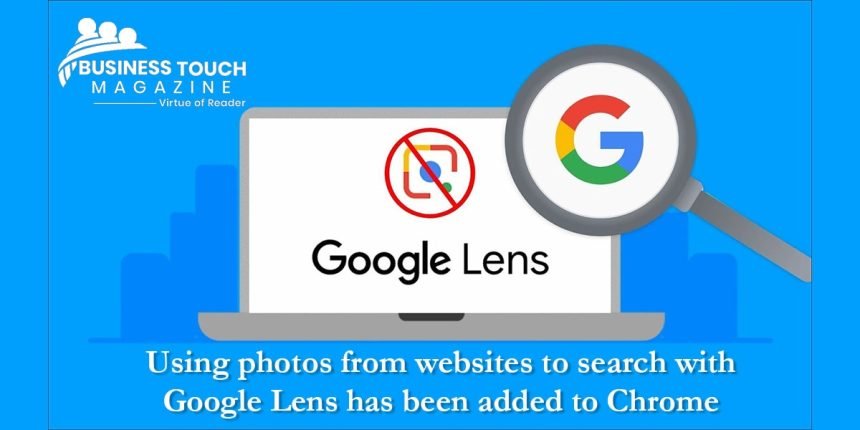On the desktop, Google Lens, the company’s formidable image-recognition programme, is getting a little less onerous. If you wish to use Lens on a picture on a website, the browser opens a new tab with results. It will instead be shown in a panel on the right of the page. Chrome will only launch a new browser tab if you wish to locate an image’s source.
There has long been a mobile version of Google’s picture recognition software, which can be accessed through the company’s applications on iOS or the camera app on select Android phones natively. After launching on the Chrome browser last year, Google Lens may be accessed by right-clicking an image and choosing “Search Image with Google Lens.”
“The visual search capabilities of Google Lens are always being improved so that you get better results while searching the web with your eyes instead of with your keyboard.” Google Lens on the desktop is getting an update from Google today. Instead of visiting a separate tab to run a search, you will be able to utilise Lens on the same page in your Chrome browser to interpret an image’s text, recognise an item in an image, or access the original source from an image.
For a long time, Google’s Lens feature was available in Image search and Google Photos, but its full potential was only realised on mobile. Searching with both text and photos is now possible on mobile devices thanks to Google’s Lens-powered multi search feature, which was introduced in April.
The business has previously said that Lens will be available on the desktop version of Chrome in the “coming months.”
Users of Chrome on desktop may now right-click on any picture on a web page and choose the new menu item “Search image with Google Lens” as part of today’s update. Today, you could save, copy, or open a picture in a new tab using this option.
Detailed information on the image may be found by clicking on this link, which opens a new panel on the side of the website. Afterwards, you may click the “Find Picture Source” option, which will allow you to see other websites that use the same image. The Lens can assist you in figuring out what is in the picture by translating any text that appears there.
What this means is that rather than beginning an entirely new search concerning the picture from Google’s Image Search or entering in a regular text-based query on Google.com, this feature allows you to start a new search using the image you are now viewing.
The tool is comparable to a reverse image feature featured in Microsoft’s newer web browser, Microsoft Edge, which similarly enables users to execute a reverse image search in a sidebar without leaving their current tab. Bing, on the other hand, does the actual search.
In an attempt to make search more user-friendly, Google said the new function will be available to all Chrome users beginning today.




